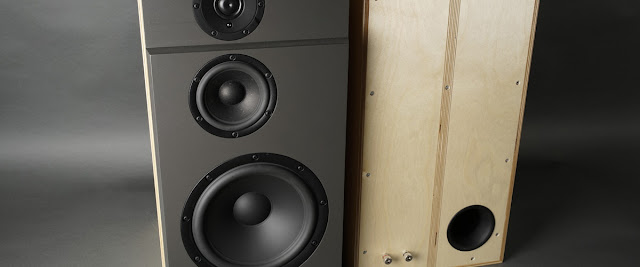Hot Rodding a Harman/Kardon T20 Part 5.

Finally, a package from Germany and the finish line is in sight. I added a new headshell to the order so I can try it out with different carts until I can find a new stylus for the Integra ST. Mounting the new belt and headshell went quick.
Next step was to use a printout of the Harman/Kardon Tracking Angle Gauge to set the overhang and tracking angle. I was now able to test the semi-automatic functionality and it worked great after a bit of tweaking. Time to take this TT for a spin... That spin lasted almost a full track...
The first sign of problems was an rpm increase from 33 to closer to 45. I flipped the 33/45 switch and the platter stopped spinning. The motor had stopped, it started erratically if I gave the platter a spin but something was obviously off. Time to take it apart again for a closer look. :(
The service manual is annoyingly sparse but it got a pair of simple schematics at least. Not much that could break actually. A multi voltage power supply, motor assembly and speed control board. That's about it. I checked the voltage on the secondaries and it read 12.98V. The motor (DMR-184A-61) was labeled with 12V DC so I guess its within spec. I then visually inspected all capacitors. I though one or more might be bust but they all looked OK. I was not keen on taking the motor apart but what the heck. I didn't even bother to de-solder it.
This is what I found. A lot of grime around the bottom axle and the brushes. So I cleaned that up with some rubbing alcohol and contact spray. Make sure to add a drop of oil to the bottom axle bushing before you assemble the motor because it can not be done from the outside.
And this is what the commutator looked like. I have no idea of what it should look like but it looked a bit better after some deep cleaning. I reassembled the engine and didn't expect that this alone would fix my problems. But it did, everything worked like a charm. Lets hope it holds up over time.
A word of advice if you plan to take the motor apart. Be really careful if you don't know how to do it. I had no idea and it was pure luck I didn't break anything. I still don't know for sure how it is supposed to be done but this is how I did it the second time (when I realised I had forgot to add a drop of oil to the bottom shaft before I assembled it).
- Remove the motor pulley (mine was quite grimy so take the opportunity to clean it if needed).
- Remove the three screws holding the housing to the rear cover.
- DO NOT try to pull the housing off the rear cover. The stator is mounted in the housing so magnetic force will try to pull the rotor with it and the brushes might get damaged if the rotor is pulled in that direction.
- Put a finger on the top of the axle (where the motor pulley was mounted), keep the rotor in place while carefully removing the housing (it is a bit challenging but it can be done).
- The brushes and commutator is now visible seated in the rear cover, carefully remove the rotor without damaging the brushes (they flex outward).
This is what my new daily driver looks like. Here with an Ortofon OM 5E that I had laying around. So how does it sound? Pretty good even though the OM 5E is not my favorite. Is is as good as the Thorens TD-150 it replaces? No, not by far, but what the TD-150 lack the T20 has. Easy switching between 33 and 45 rpm. Easy speed control, cut and auto off and return and a dust cover. Those features makes it much more convenient than the fully manual TD-150. The major drawback is the cheap feel, especially cuing and cutting. It is a pity but the price I have to pay I guess.
The new half squash ball feet works great and I hope it will spin along until I grew fed up with the color. I will then try to cover up the plinth with some exotic veneer.










